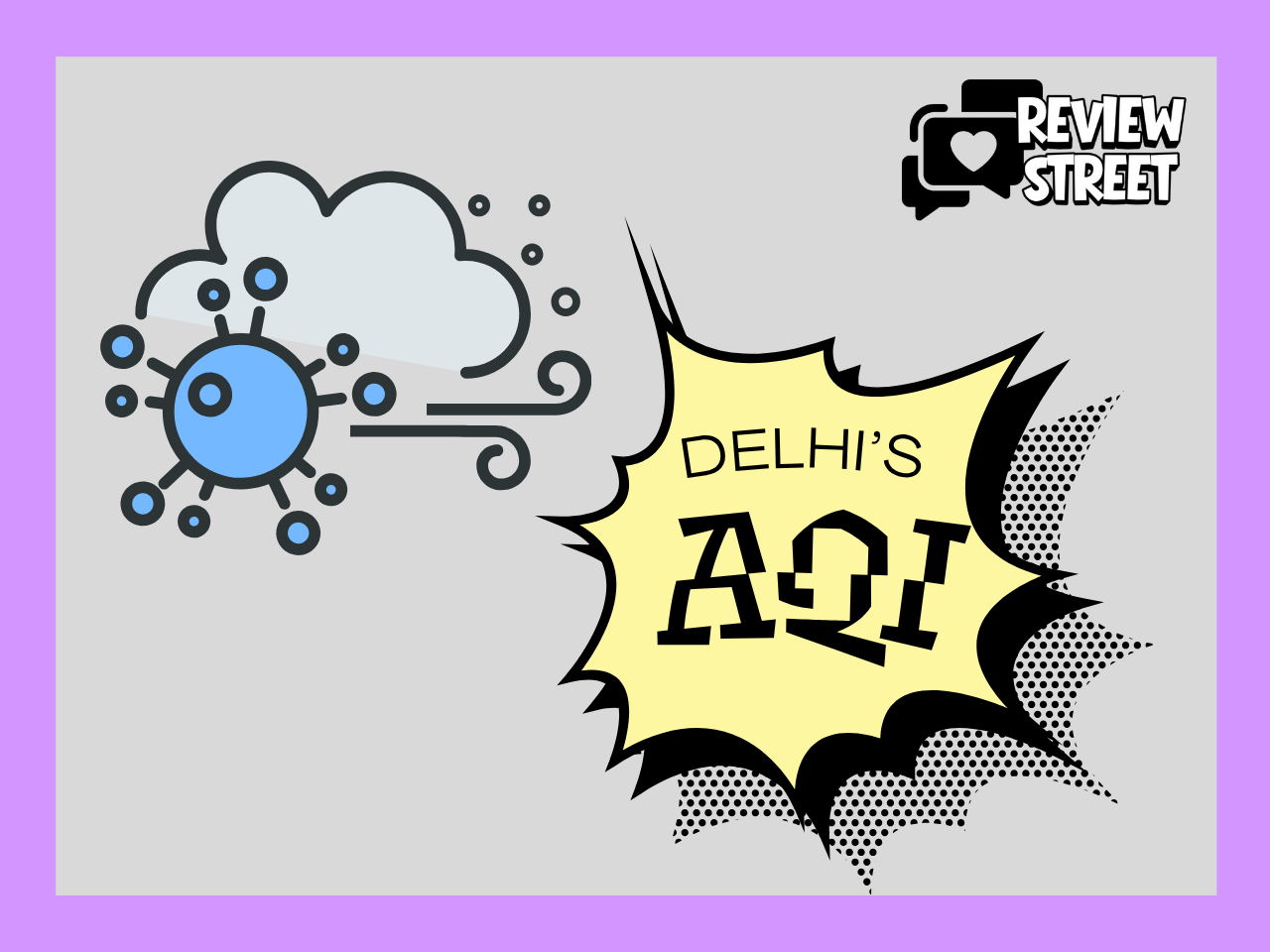The air in Delhi has turned from crisp autumn haze to a toxic blanket. As the Air Quality Index (AQI) climbs beyond 400 in several zones, the capital city once again finds itself choking under hazardous pollution levels. The situation is not just a news headline—it’s a daily health emergency. Families are forced indoors, children wear masks to school, and the morning jogger’s path has become a risk zone.
The Alarming State of AQI in Delhi
The AQI scale measures the concentration of pollutants such as PM2.5, PM10, NO₂, CO, and O₃ in the air. According to recent CPCB data, several Delhi localities including Anand Vihar, Mundka, and RK Puram have reported AQI levels exceeding 450—classified as “Severe.”
This means that even healthy individuals are at risk, and those with existing respiratory issues face severe complications. Vehicular emissions, stubble burning from neighboring states, construction dust, and weather patterns together create this annual public health disaster.
How Pollution Impacts Daily Life
For the average Delhi resident, the effects of pollution are visible and suffocating:
-
Reduced visibility: Fog and smog limit road safety and outdoor activities.
-
Health issues: Persistent coughing, throat irritation, headaches, and fatigue have become common even among the young.
-
Economic burden: Increased healthcare visits and reduced work productivity are hidden costs of poor air quality.
-
Lifestyle changes: Air purifiers, anti-pollution masks, and indoor plants are no longer luxuries but necessities.
The Health Perspective
Doctors across the NCR are witnessing a surge in patients with bronchitis, asthma, and cardiovascular complications. Prolonged exposure to PM2.5 particles is linked to reduced lung capacity, high blood pressure, and even neurological effects.
Children and elderly citizens are particularly vulnerable, as their immune systems either haven’t fully developed or have weakened over time.
Preventive Measures for Consumers
While systemic solutions are needed, individual actions can mitigate the risks:
-
Use air purifiers with HEPA filters at home and workplaces.
-
Stay indoors during peak pollution hours (early morning and late evening).
-
Wear N95 or N99 masks while commuting or exercising outdoors.
-
Stay hydrated and eat antioxidant-rich foods like fruits, turmeric, and green vegetables.
-
Adopt clean commuting options such as public transport or carpooling.
Role of Technology and Consumer Awareness
Today’s consumers can monitor AQI levels using mobile apps like SAFAR or AQI India, helping them make informed decisions about outdoor exposure. Smart home air purifiers, wearable air monitors, and eco-friendly appliances also help reduce one’s environmental footprint.
Delhi’s pollution crisis demands collective accountability. While government policies and inter-state coordination remain vital, citizens too have the power to change the air they breathe—one small action at a time.













Leave a Reply